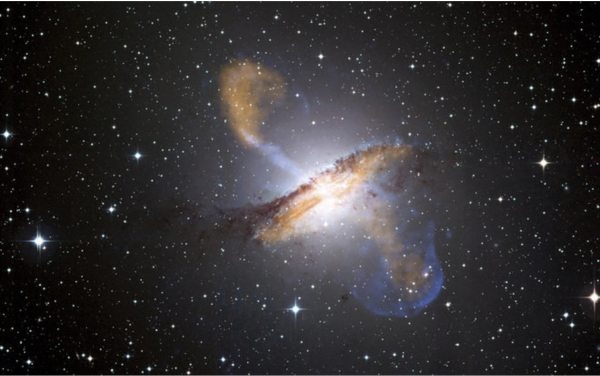 The Cloud of Unknowing, written by an anonymous English author, is a classic text of contemplative prayer. The author presents a way of contemplation that draws us to the First Person of the Trinity, the One who transcends thought, rituals, memories, images, stories, and reason. The author of The Cloud, probably a cloistered monk, is clear that the contemplative path is not for everyone. In his Introduction, he explains that he writes only for the person who is “deeply committed to follow Christ perfectly. I have in mind a person who, over and above the good works of the active life, has resolved to follow Christ… into the inmost depths of contemplation.”1
The Cloud of Unknowing, written by an anonymous English author, is a classic text of contemplative prayer. The author presents a way of contemplation that draws us to the First Person of the Trinity, the One who transcends thought, rituals, memories, images, stories, and reason. The author of The Cloud, probably a cloistered monk, is clear that the contemplative path is not for everyone. In his Introduction, he explains that he writes only for the person who is “deeply committed to follow Christ perfectly. I have in mind a person who, over and above the good works of the active life, has resolved to follow Christ… into the inmost depths of contemplation.”1
The author assumes that the reader has arranged her life to include solitude and a gradual slowing down of life so that she can notice the subtle movements of mind and heart. He writes,
And so diligently persevere until you feel joy in [this contemplative work]. For in the beginning it is usual to feel nothing but a kind of darkness about your mind, or as it were, a cloud of unknowing. You will seem to know nothing and to feel nothing except a naked intent toward God in the depths of your being… You will feel frustrated, for your mind will be unable to grasp Him, and your heart will not relish the delight of His love. But learn to be at home in this darkness. Return to it as often as you can, letting your spirit cry out to him whom you love.2
The author shows a path that delicately winds its way through the consolations and visions that one perhaps mistakenly assumed were from God, and through thoughts about God, to seeking a direct experience of God. The contemplative is alert to what we might call “projection,” that process whereby we, in our imaginations, create the God we seek. Of course, no human projection can encompass the living God. The Cloud author suggests that we not strain our thinking mind or our imagination, because God will not reveal God’s Self there. The Unknown Creator can only be perceived when we become inwardly relaxed and unknown to ourselves, in a Presence that cannot be pinned down by our senses, our efforts, or our words. We might say that sometimes, only our hearts know the Presence of God’s Love.

Likewise, the author advises readers to notice the difference between contemplative discipline and “its counterfeits such as daydreaming, fantasizing, or subtle reasoning. These originate in a conceited, curious, or romantic mind whereas the blind stirring of Love springs from a sincere and humble heart. Pride, curiosity, and daydreaming must be sternly checked if the contemplative work is to be authentically conceived in singleness of heart.” My Dear Far-Nearness suggests that sometimes when in silent contemplation we glimpse the love of a parent, a lover, or a friend, we might be experiencing both interpersonal and divine Love simultaneously. We can let both dimensions of love be alive in us.
The author of the Cloud takes a radical apophatic (unknowing) path into the Presence of the First Person. He would probably have looked kindly on contemporary versions of mindfulness meditation, and on the discipline of Centering Prayer. He called such practices the fashioning of
… a cloud of forgetting beneath you, between you and every created thing… Every time I say “all creatures,” I refer not only to every created thing but also to all their circumstances and activities. I make no exception. You are to concern yourself with no creature whether material or spiritual nor with their situation and doings whether good or ill… during this work you must abandon them all beneath the cloud of forgetting.3
Of course, we should be careful about how to interpret The Cloud’s teachings. We can certainly be detached or, in Marguerite Porete’s words, be “unencumbered” of created things and circumstances, but this detachment must be integrated, in each moment, with a keen attention to one’s mortal life, with all it’s responsibilities in work, family, and community.
1 William Johnston, ed. The Cloud of Unknowing (New York: Doubleday, 1973, 1996), 43.
2 Johnston, The Cloud, 48-49.
3 Johnston, The Cloud, 53.